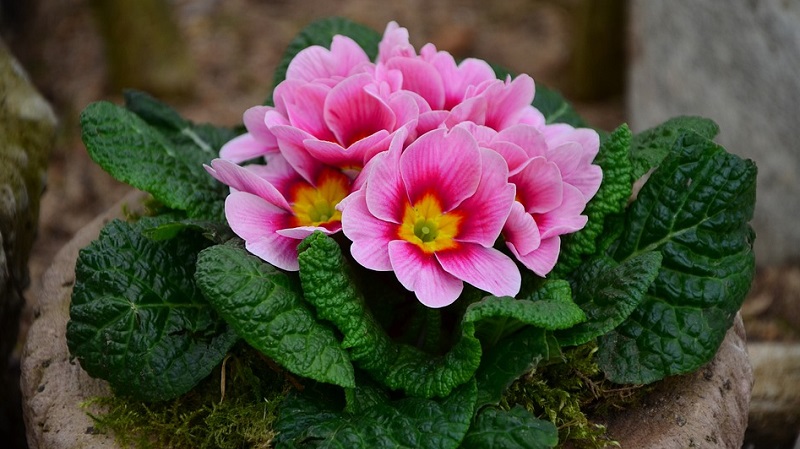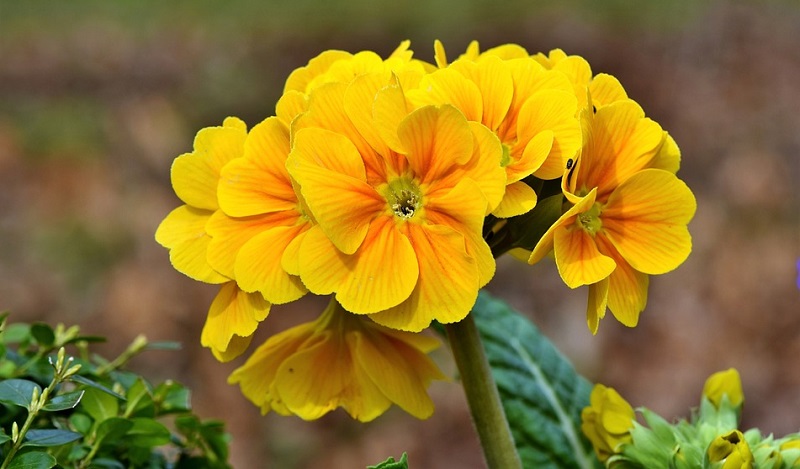
The realm of flowers is a captivating and vibrant world that adds color to our everyday lives. Flowers are an essential part of cultures worldwide, serving various purposes from medicinal to symbolic beliefs. They are grown both indoors and outdoors to make our surroundings more aromatic, lively, and healthy. It is a well-known fact that nurturing plants can positively impact our mental and physical well-being. Primroses are popular flowering plants that are often found in gardens and homes, and they are not only low-maintenance but also stunningly beautiful. Gifting a primrose to someone special or adding it to your living space can be a meaningful gesture. With hundreds of species of primroses available, they come in various shapes and colors and feature prominently in folklore and legends.
Primrose flowers belong to the Primula genus, which includes over five hundred species and is part of the Primulaceae family. The genus comprises different species that are native to different habitats, and there are countless hybrids and cultivars of primroses, with most being short-lived perennials. These flowers usually grow in rosettes with showy, flashy flowers blooming in early spring. While most primrose flowers have a similar shape, there are different types, such as those with clusters of flowers on a single stem and those with a single flower on a stem. Some primroses act as evergreens. Primrose bulbs are poisonous to humans and animals, making them a risk to pets like dogs and cats. These colorful flowers have been known for centuries, and medieval herbalists were familiar with them. They were even a favorite flower of William Shakespeare, with primroses featuring in many of his works.
Taking care of primroses involves understanding their unique growth needs and providing adequate care. They thrive best in humid environments and require sufficient water and nutrients. They also need proper drainage, sunlight, and appropriate temperatures to survive. With the right care, primroses can bloom beautifully and add a unique burst of color to any setting.

If you are a fan of primroses and wish to have them in your surroundings, we can share some tips on how to care for them. Primroses prefer partial shade, so planting them near a tree would be ideal. While some species can tolerate direct sunlight, regular watering is necessary to avoid dry soil. When selecting the best primrose for your garden, choose them while they are in bloom to ensure the exact color and look you want. Primroses are not demanding plants but require enough moisture and a partially shaded location. Propagation is easy through division after they flower. Primroses are generally not pest-prone, except for spider mites, mealybugs, whiteflies, and aphids. In terms of symbolism, primroses represent renewal, rebirth, and the earliest stage of love. The color of primroses carries different meanings, with red symbolizing passion, pink for elegance, yellow for positivity, and white for sorrow.
